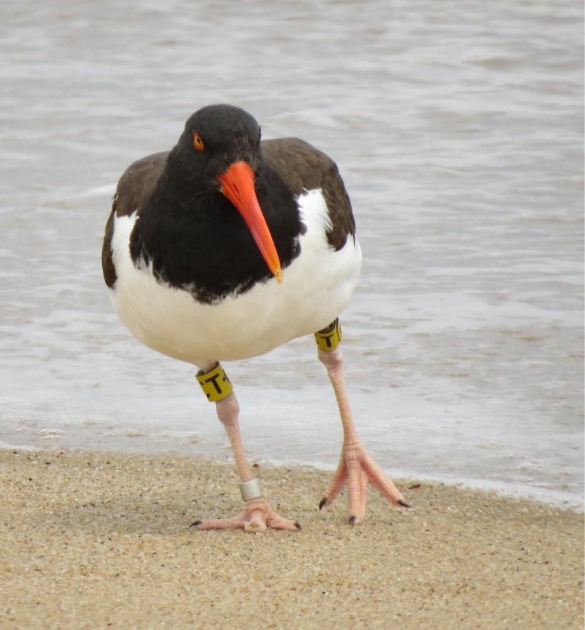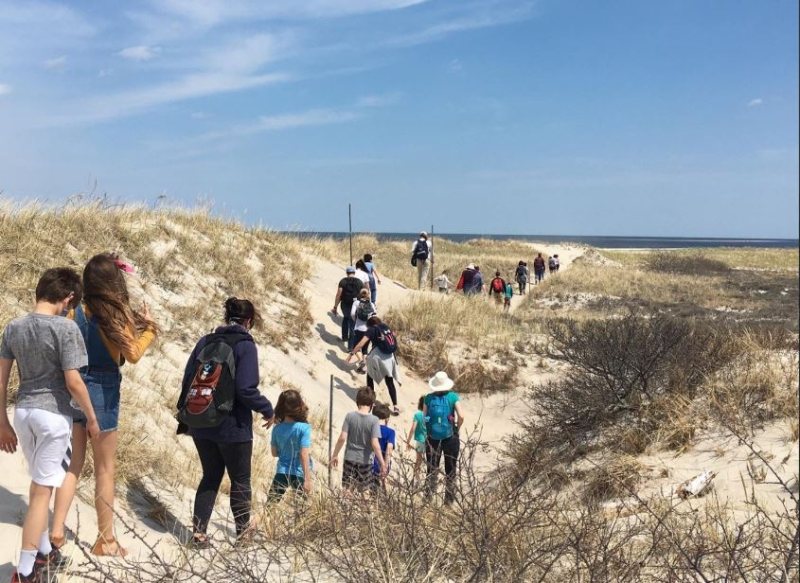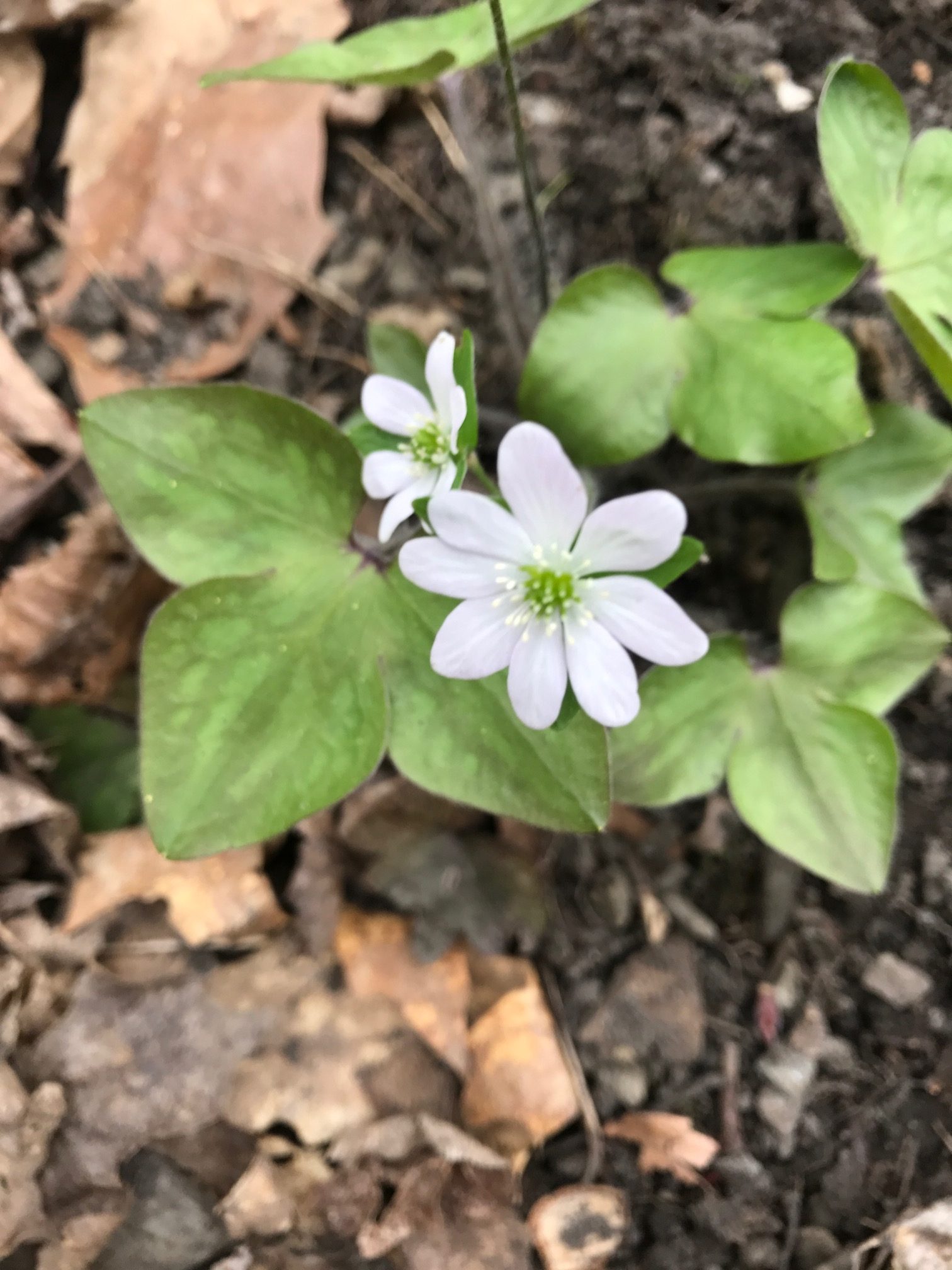
Hepatica, Found at Field Farm
Walking in the spring woods is a wonderful treat after the long winter. Without leaves on the trees, the spring sunshine is in its full glory encouraging the emergence of life on the forest floor. Spring ephemeral wildflowers and early pollinators take advantage of this sunlight before the tree canopy opens and they are left with only dappled sunlight hitting the ground.
Spring ephemerals are a group of wildflowers that, as their name indicates, are around for only a short period of time in the early spring, generally while the ground is moist and before leaves appear on the trees. Actually one can observe many of these plants for most of the summer, but they are in their glory in the spring when they are blossoming and getting pollinated, producing seeds, and storing energy in their roots or bulbs for the next year.
Some of our most beloved ephemerals include the hepaticas (which may flower as early as March), bloodroot, and trout lily. Some of our richer woodlands, like those found at Bartholomew’s Cobble, can have an abundance of ephemerals including trilliums, spring beauty, wild ginger, blue cohosh, toothworts, and Dutchman’s breeches.
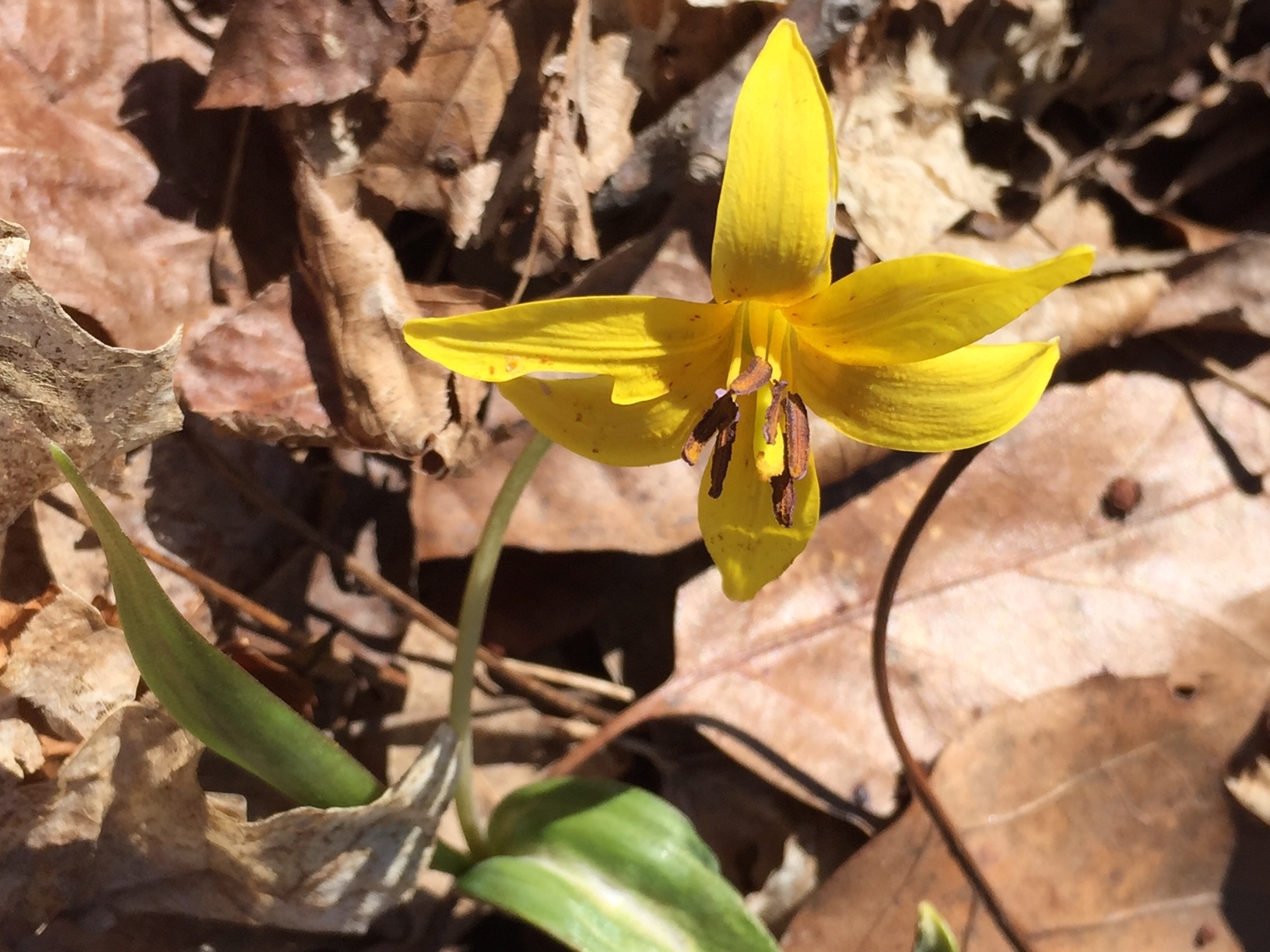
Trout Lilly
To flower so early, some of these species have come up with ingenious ways of avoiding late frosts and even growing through the snow itself. Though not often the flower one thinks of as a spring ephemeral, skunk cabbage is often the first to flower in the spring. In fact, skunk cabbage can generate heat within the structure (a spathe) surrounding the flower which in some cases will even melt the snow as it peaks through. Hepatica uses its hairy stems and flowers to protect itself from frosty temperatures like a fur-lined coat, while the bloodroot wraps its flowers up in its leaves and spring-beauty closes its flowers at night for protection from the cold.
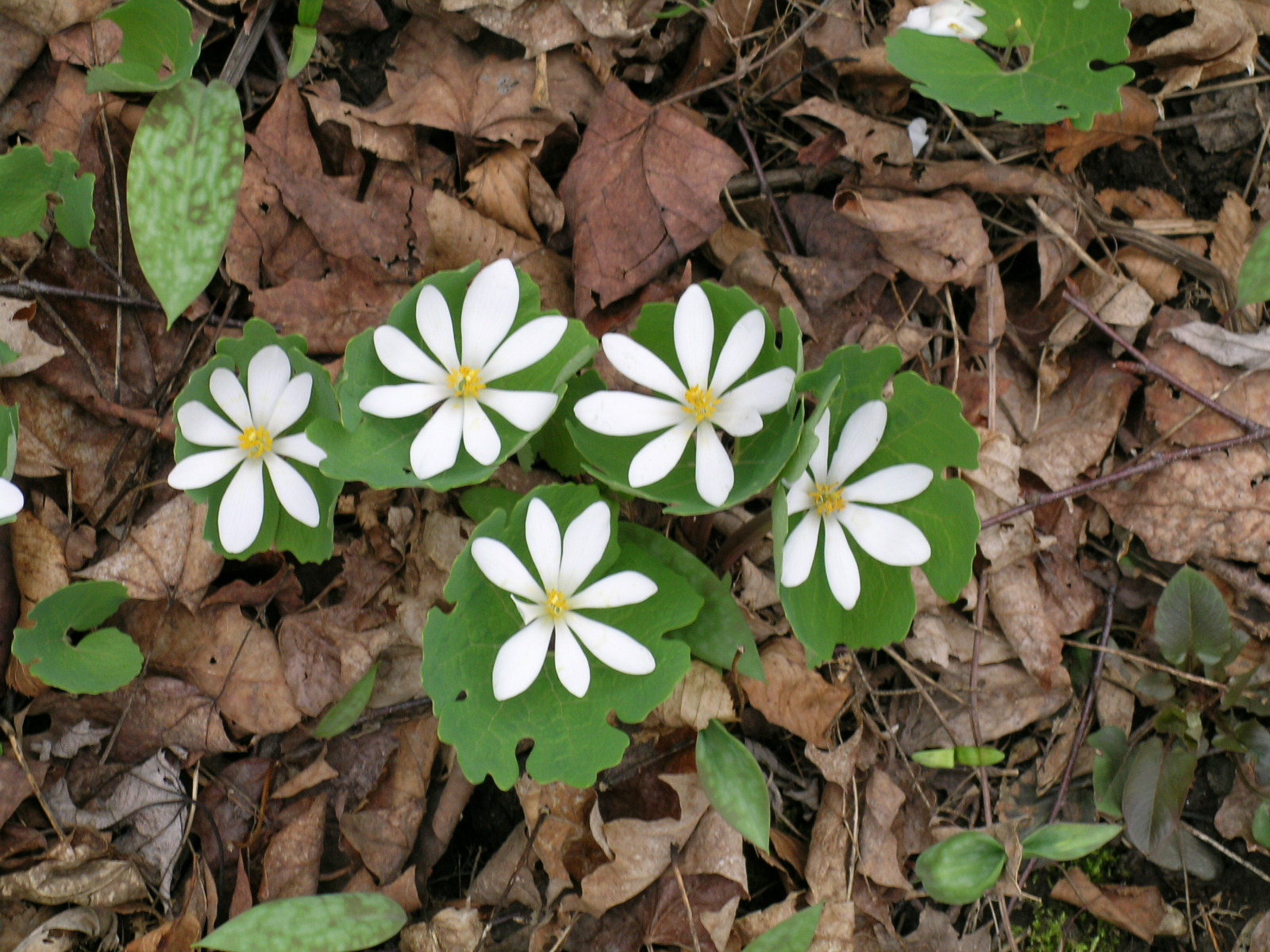
Bloodroot
Some of our early flowers don’t tempt their pollinators with sweet smelling nectar, rather they use a color or smell to tempt the insects that are out early in the season – flies, beetles, and ants. Wild ginger, with its dark maroon flowers that are on the ground, is pollinated by flies and gnats – enticing them with a promise of carrion and shelter from the early season cold. If you see wild ginger leaves, make sure to stoop down to see their flowers hiding under the leaves – they are beautiful in their own way. Red trillium have flowers that smell like rotten meat as well as have the dark red color of carrion.
Early wildflowers are not the only things to observe in the spring woods. Some butterflies overwinter in our woods as adults, carefully hiding under bark, protected from the frost and wind. One of the first butterflies to see in the spring is the mourning cloak – it is amazing to see something so fresh and alive amongst the previous year’s winter battered and beaten brown leaves and twigs on the forest floor. The mourning cloak is a beautiful rich-brown trimmed with blue dots and yellow wing edges. Other early butterflies include Eastern commas, West Virginia whites, and spring azures (the small blue butterflies that may be seen in large numbers). These butterflies can be welcome pollinators for the spring ephemerals as the busy bees of summer are not yet around in March and April.
Time is of the essence with ephemeral species with some flowers not lasting more than a few days, so get out and enjoy these early harbingers of sunny warm spring days.
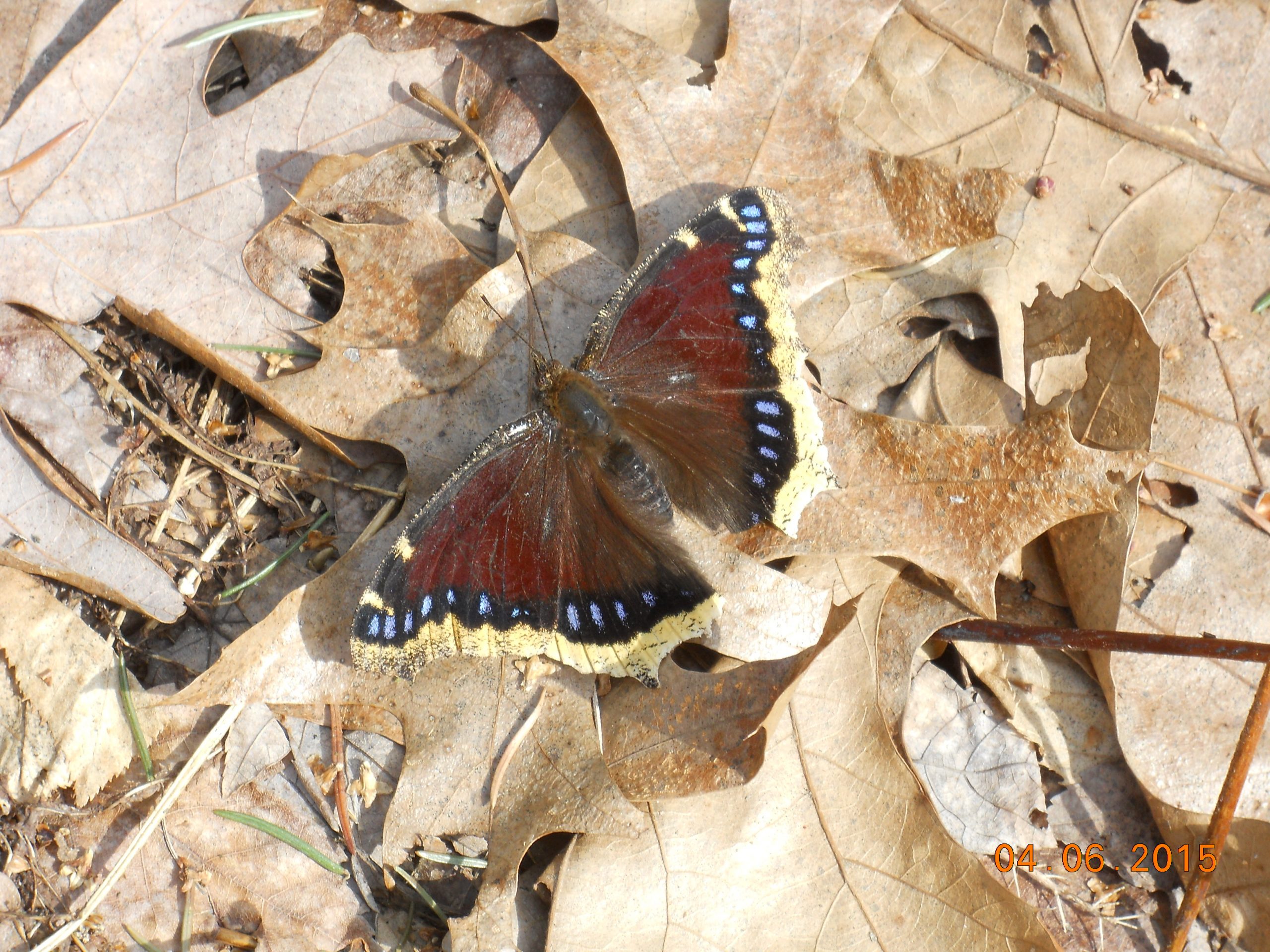
Mourning Cloak

